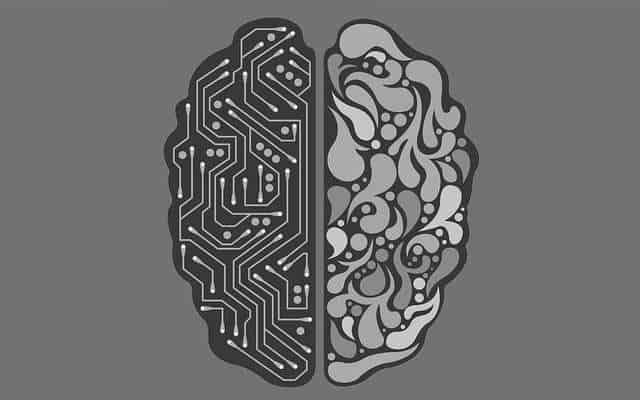In the past few years, we’ve witnessed the rise of housekeeping robots, autonomous vehicles, virtual assistants, and all sorts of mind-blowing technological innovations. But what exactly powers these inventions? How can an app detect your features and apply a dog filter exactly where it needs to? How can Google translate an entire website in a matter of seconds? The answer is deep learning.

Artificial intelligence vs. machine learning vs. deep learning
These three terms are often used interchangeably, but they refer to specific kinds of technology.
- Artificial intelligence is the umbrella term and is defined as the technology used to develop computer systems capable of thinking and acting like humans.
- Machine learning is a subset of artificial intelligence that focuses on using techniques and algorithms to enable machines to improve on tasks and decision-making based on previous experience. Some common techniques are data labelling, decision trees, etc.
- Deep learning is a kind of machine learning that uses a comprehensive neural network for machine self-improvement and decision-making. The development of this neural network involves feeding the program with a high volume of data to train it for its intended purpose. For example, a chatbot A.I. will go through thousands of customer call recordings to learn how to respond to certain statements and address customer concerns.
The pros and cons of deep learning
Deep learning essentially mimics how a human brain works, with hundreds to thousands of processing sites called neurons swiftly passing information to each other to form an output. One benefit of deep learning is that it provides higher accuracy and flexibility. However, due to the large amount of data it requires, typical hardware won’t be enough to develop deep learning systems. It requires high processing power, which means it’s more expensive to develop. Training also takes time, sometimes requiring months depending on how sophisticated the model is and how much data it needs to process.
Where is deep learning being used?
Deep learning has countless applications, and many of them are already in use today. Voice-prompted assistants like Google, Alexa, and Siri all can decipher human speech thanks to deep learning. They are flexible enough to comprehend questions and commands even if you use slang or have an accent. They can even recognize the voices of specific people to avoid getting hijacked by unauthorized users.
Deep learning is also being used by Roomba, a robot vacuum that maps the layout of your home and self-corrects constantly to avoid obstacles and minimize interference from the user. A more complex version of this model is used for self-driving cars, allowing them to evade obstacles and comprehend road signs.
It’s amazing how humans have successfully programmed what is essentially a brain into computers, allowing them to learn and adjust for themselves instead of relying on the programmer to develop a failsafe. Deep learning has created powerful models which can do anything from detect cancer cells to composing symphonies. It’s exciting to see what the future holds for us now that we have access to this life-changing technology.

